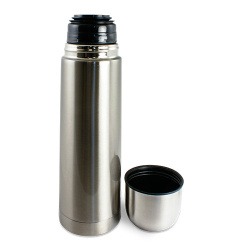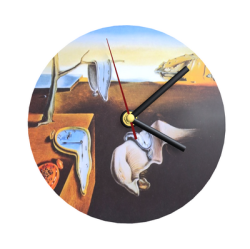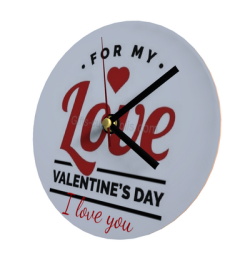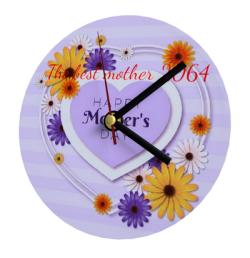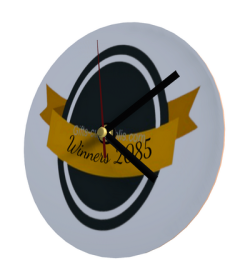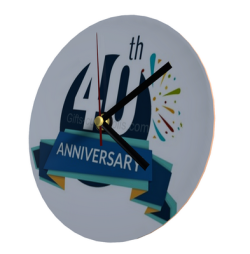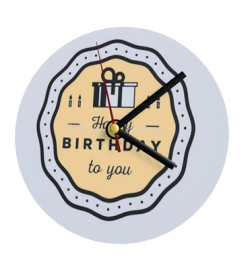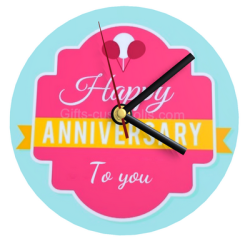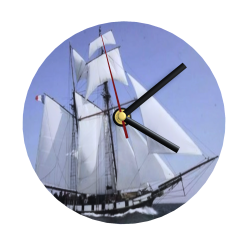Rainbow Nightlight
The rainbow is an optical and meteorological phenomenon due to the passage of sunlight through raindrops. We are always amazed when it appears in the sky. We see it when the sun shines and it rains at the same time. Depending on the crop, we count 3 to 9 colours. In the West, we estimate that it contains 7 colours. In reality, the rainbow contains an infinite number of colours forming a gradation, but our eye does not perceive them all. An Irish legend says that at the foot of a rainbow there is an inexhaustible cauldron of gold and that only the pure of heart can approach and take it. At the Care Bears, the rainbow allows you to descend from the sky like on a slide. The Care Bear named Cheer Bear is pink in colour and has a rainbow on her tummy. She is always in a good mood. She is the 'cheerleader' of the bunch. What beautiful stories to tell the children before going to bed. What could be more magical than falling asleep next to his rainbow nightlight and his little cloud that lights up in different colours. If you are looking for an unusual and magical gift for a child, the rainbow on its cloud will certainly please him. An idea of games and toys gift to offer on the occasion of a birthday, a birth, a baptism or simply to brighten up the decoration of your child's room.







































